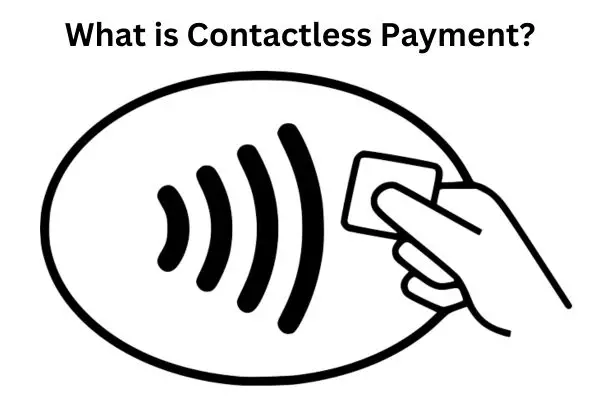In recent years, we have seen significant changes in the way we pay for goods and services. With the rise of digital technologies, more and more people are choosing to use contactless payment methods.
In this article, we will explore what contactless payment is and how it works.
So, what is Contactless Payment?
Contactless payment is a payment method that doesn’t require physical contact between the payment device and the payment terminal. This type of payment method uses radio-frequency identification (RFID) or Near-Field Communication (NFC) technology to transfer funds from your account to a merchant’s account.
This technology allows you to make secure purchases without physically swiping, inserting, or entering your card’s details into a machine.
Understanding Contactless Payment Technology
Contactless payment technology uses radio frequency identification (RFID) or near-field communication (NFC) to communicate between payment components.
The payment device, such as a card (e.g. Visa), smart ring (e.g. Oura Ring), smartwatch (e.g. Apple Watch), activity tracker (Fitbit), or smartphone (e.g. iPhone), contains a chip that emits information signals to the payment terminal when it’s within a certain distance. This allows for swift and secure payment processing, without any need for inserting a credit/debit card or typing a PIN.
One of the biggest advantages of contactless payment is its speed. The payment process is simple and quick, and you only need to hold your payment device near the payment terminal to complete the transaction. This speed and efficiency are beneficial, especially in high-traffic areas, such as fast-food chains public transport hubs, and supermarkets.
How Contactless Payment Works
The payment process for contactless payment is simple and quick. You only need to hold your payment device (whether a card, smart watch, smart ring, or smartphone) near the payment terminal, and the transaction is completed. The payment terminal reads the device’s information, and the payment is processed, all within a few seconds.
When you make a payment with a contactless-enabled device, the device emits a radio signal that is picked up by the payment terminal. The terminal then sends a request for payment to the bank or card issuer, which verifies the payment and sends a response back to the terminal. The terminal then confirms the payment and the transaction is complete.
Unlike mobile payments, which use broadband or a Wi-Fi network to transact, contactless payments do not require an internet connection – they only need close physical proximity to the payment terminal.
Types of Contactless Payment Methods
Contactless payment can be carried out using various payment methods, such as contactless-enabled credit/debit cards, and mobile payment services like Apple Pay, Google Pay, Fitbit Pay, Gramin Pay, or Samsung Pay.
The payment methods use different technologies like NFC or RFID to communicate with the payment terminal and complete the payment transaction.
Mobile payment services like Apple Pay and Android Pay have become increasingly popular in recent years. These services allow you to store your credit or debit card information on your smartphone, smartwatch, smart ring, or activity tracker and use it to make payments at contactless-enabled payment terminals. This means that you don’t need to carry your physical card with you, making payments even more convenient.
What is Near Field Communication (NFC)?
Near Field Communication (NFC) refers to the short-range wireless technology used to establish communication between two devices. These devices must be within 1.57” (4cm) or less of each other to transfer data, meaning that NFC-enabled payment devices must be held very close to the payment terminal for payment processing to take place.
The use of NFC in contactless payment guarantees the security of data transfer between the payment device and payment terminal, thus reducing the potential for fraud. NFC technology also allows for faster payment processing, making contactless payments even more efficient.

Conclusion
Contactless payment technology has revolutionized the way we pay for goods and services. With its speed, convenience, and security, it’s no wonder that more and more people are choosing to use contactless payment methods.
Whether you’re using a contactless-enabled credit/debit card, mobile payment app, or wearable device, the future of payment processing is contactless.
